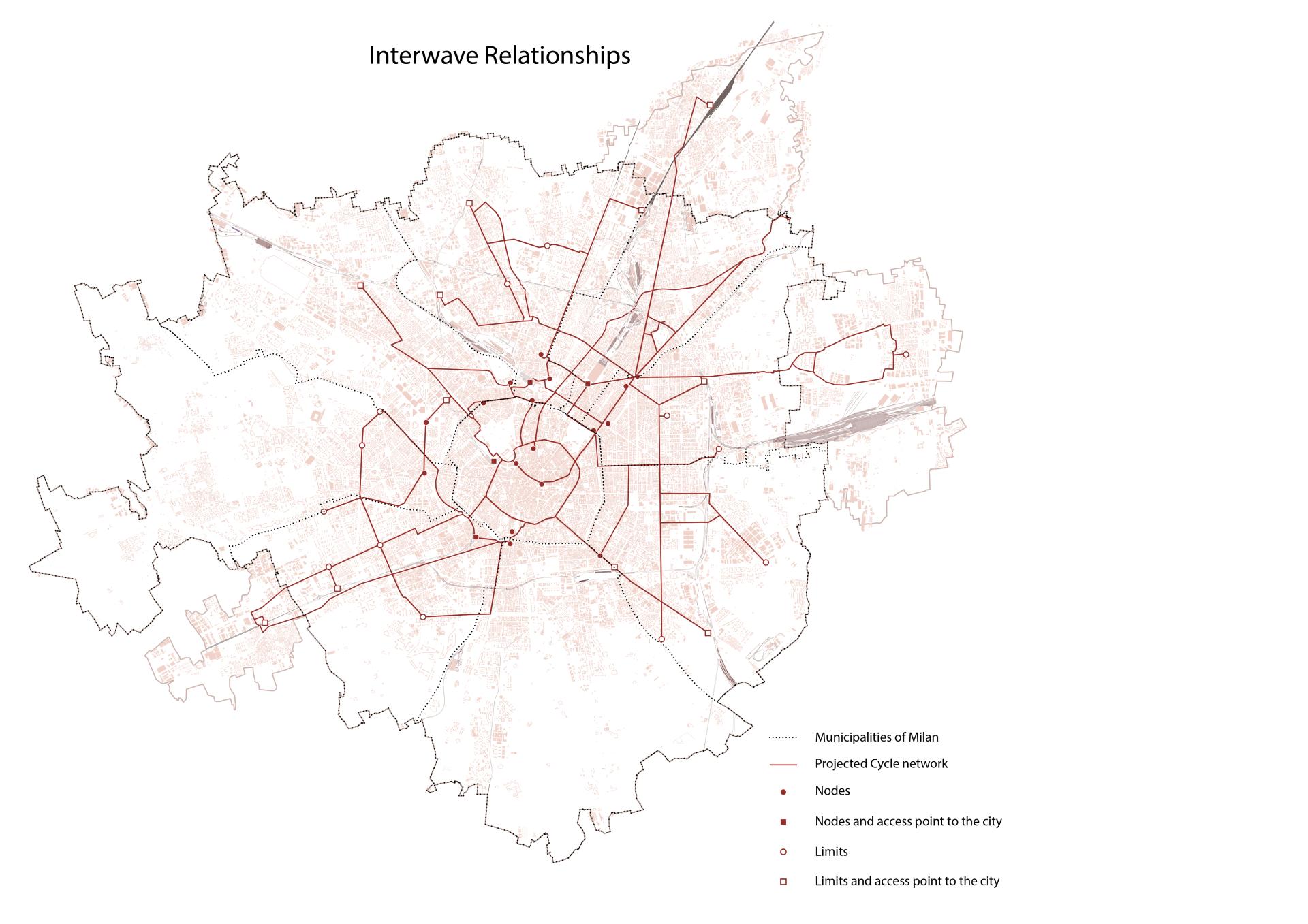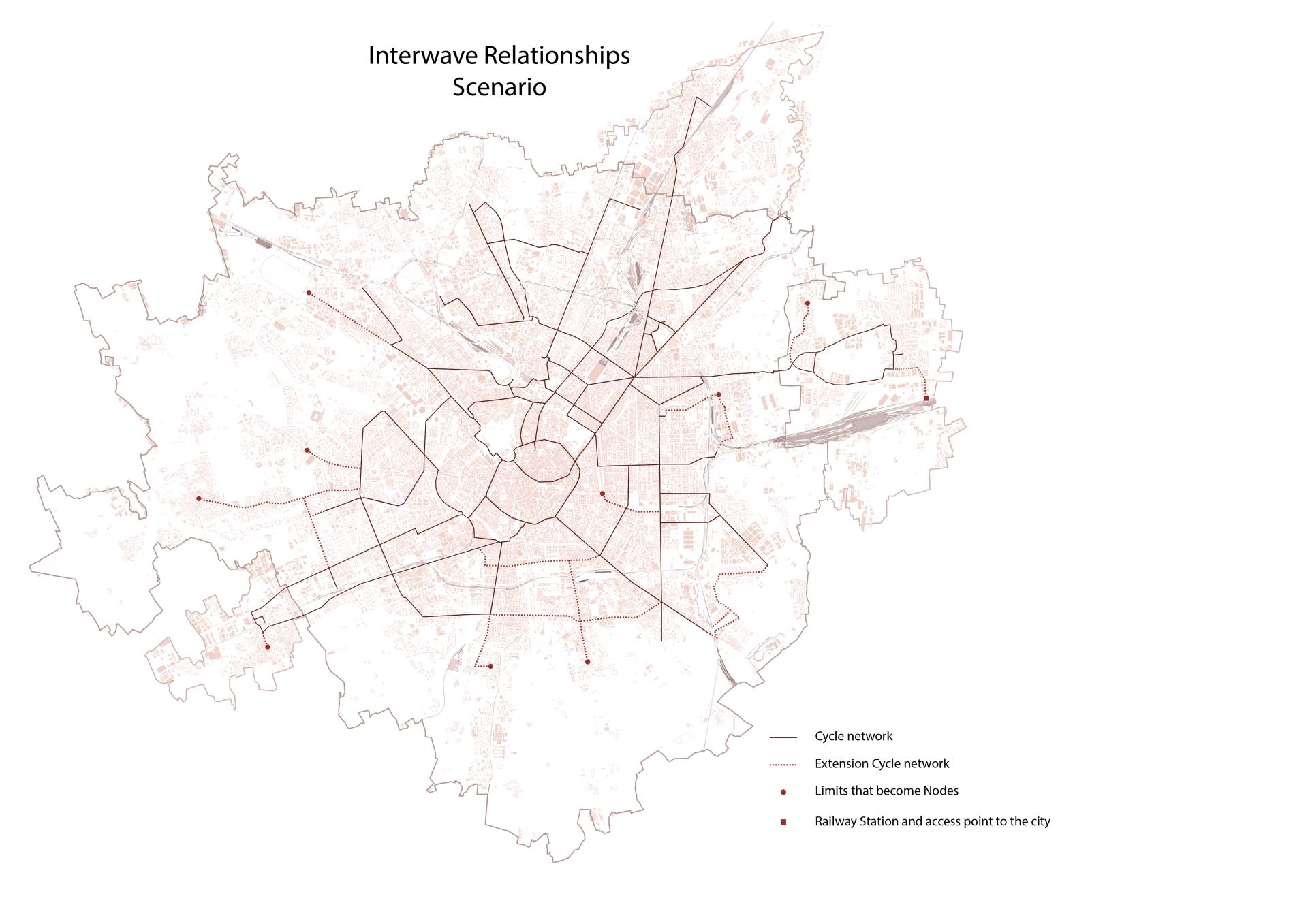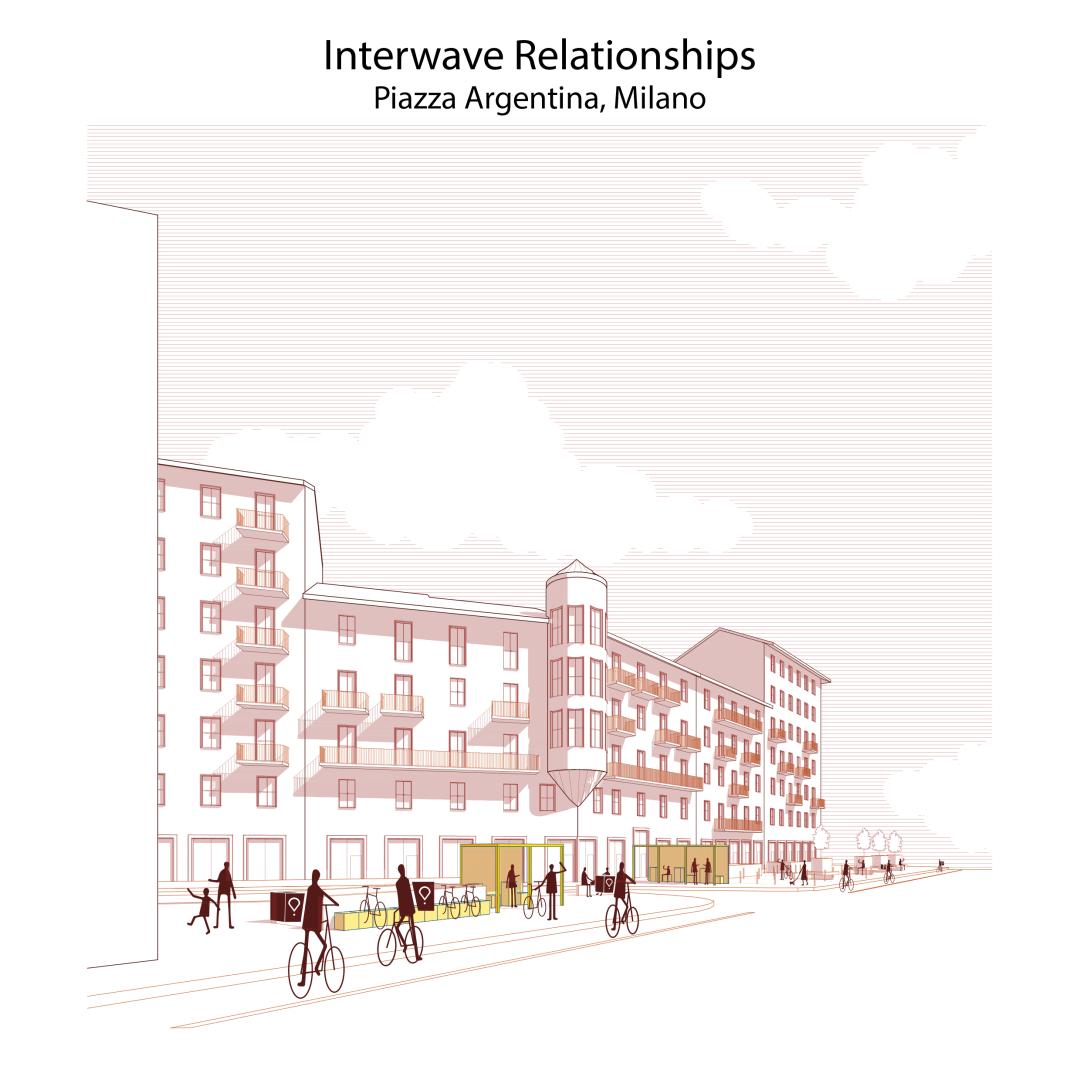The City of Riders
Basic information
Project Title
Full project title
Category
Project Description
The city of riders is a research that investigates a new notion of the city prompted by an urban population that lives and works in the contemporary metropolis in an uprooted way: riders. They bring new meanings and practices to the places they inhabit, and generate a new urban geography and new demands for the city. This research has led to a project, which aims to meet the needs of these new citizens, representatives of the contemporary condition, as well as those of the permanent inhabitant.
Geographical Scope
Project Region
Urban or rural issues
Physical or other transformations
EU Programme or fund
Which funds
Description of the project
Summary
The city of riders is a research that investigates a new idea of the city that emerges thanks to a new presence in the contemporary metropolis, which consists of an urban population of nomadic workers: riders. This very population, with its distinct working condition strongly linked to movement and transience, manifests the mutations taking place in contemporaneity, and was thus chosen as the subject of research.Through a series of interviews, 100 riders were asked to represent their mental map of the city. These were used to build a geography of the riders, consisting not only of concrete spaces but above all of practices and meanings attributed to different places. From this geography emerges an urban landscape lacking entirely in services supporting the profession of a rider. A project at an urban scale was developed to make the metropolis more inclusive, equipped and habitable for this new category of workers.
The project consists of two levels: a permanent cycling network and a temporary equipment system. The cycling network implements the current fragmented cycling system to constitute a unitary infrastructure. This is useful to all urban populations, and intercepts and connects all nodes recognised by riders in order to, facilitate their profession. Within the nodes are anchoring devices, facilities conceived to increase living and working standards offered by the city to this new population and to instill in the places inhabited by riders a new sense of belonging. The project rewrites these places through a recognisable, unitary and light design, proposing a development of the network through cells, or rather nuclei, composed of several interconnected nodes. The dimension of urban design is introduced as a fundamental element to guarantee conditions of greater safety at work, habitability, reception, sustainability and inclusion to a population that is growing exponentially and that represents an increasingly emerging social condition and urban dwelling.
Key objectives for sustainability
The project Interweave relationships entails a significant increase in the number of cycling routes within the city of Milan and the surrounding municipalities, offering different populations a wide range of routes to cycle on. The project for the cycling network constitutes an organic and cohesive urban-scale system capable of connecting various locations across the metropolis and providing a valid alternative to traditional motorized transport. Furthermore, the project attributes new meaning to the cycling network, which becomes an infrastructure for work, key in supporting a profession, as well as retaining its function as infrastructure for everyday travel and leisure. Indeed, the cycling networkt allows riders to carry out their work safely, protecting their numerous journeys within the city from car traffic. The development of the existing network was based on the Urban Plan for Sustainable Mobility (PUMS) of the Municipality of Milan, a strategic planning tool that aims to achieve environmental, social and economic sustainability through actions set to improve the effectiveness and efficiency of the mobility system. The needs of riders and their main fluxes are the main considerations of the network project; however it also dialogues closely with the PUMS, attempting to pursue its same objectives and, in some cases, proposes valid alternatives to the proposed solutions. Sustainability is also pursued through the design of the anchoring devices inserted in the different urban settings: these consist of a series of light, flexible and modular structures, capable of not affecting the multiple meanings present and stratified over time and of not compromising the essence of the places.
Key objectives for aesthetics and quality
The project is configured as a system of light infrastructures for the city, a rewriting of the places inhabited daily by riders.
The architectural project is recognisable in its form, design, materials and colours, constituting a new sign and a new form of writing on the fabric of the city.
First of all, the riders' urban nodes - those spaces where riders rest between deliveries - were identified, and were subsequently connected to each other through a system of cyclinge paths. The principle pursued by the project is to interweave relationships, achieved through the construction of a network which, overlapping itself onto the city, makes it more habitable and hospitable for the new population of riders.
The project nestles itself into the city by adapting to the different contexts and characteristics of the settings. Four categories of nodes have been identified - squares adjacent to stations, formal squares, restaurant clusters and spaces adjacent to large fast-food chains - each of which entails a different type of infrastructural intervention. This principle makes the project replicable within the different locations identified in the city of Milan, and makes it exportable to other urban realities.
Interwave relationships is developed on a metropolitan scale, which is why it is planned to be developed in parts, with interventions within the nine municipalities of Milan planned at different time intervals. Even within the same municipality, the project will be developed in successive steps starting from the basic cell: four initial nodes interconnected to each other, which will be equipped and to which new nodes belonging to the same municipality will be subsequently connected.
Key objectives for inclusion
The city totally lacks services or facilities to support the profession of bikeers: for this reason, a strong disparity is generated between traditional workers (equipped with offices, services and minimum standards concerning hygienic and safety conditions) and riders, whose workplace is the city itself.
Interweave relationships consists in a series of anchoring devices and light-weight facilities, that can facilitate encounters, knowledge and socialization between the different populations, as well as strengthen the sense of belonging to certain places. Through the devices - which consist of parking shelters, toilets, refreshment stations, mobile and bike charging stations, racks and kits for the independent repair of bicycles - urban places populated by riders are made more habitable and equipped, guaranteeing minimum standards of safety at work for the riders.
The project process was born and developed following the meeting with and involvement of 100 riders, who were intercepted at different urban nodes and subsequently interviewed, in order to have them draw their own mental map of the city. The riders were given coloured pencils and a white sheet; the passage of the designer's tools from the hands of experts to those of riders becomes a symbolic but also concrete gesture, which seeks to give voice and space to those who are socially invisible, and to make manifest an increasingly emerging condition of living and working in the city. The active participation of the riders and listening to their testimonies gave rise to the project of the anchoring devices, a project that is not dropped from the sky but rather derives directly from the needs of the citizens.
Moreover, the facilities and cycling connections are not designed exclusively for riders; they are designed and inserted in different locations within the city to be used by the rest of the urban population, in order to further stimulate encounters and exchange between populations.
Physical or other transformations
Innovative character
Sustainability, aesthetics and inclusion are three of the characteristic values of both the research project The city of riders and the project Interwave relationships. Indeeed, the research stems from the observation of the city and its most current changes, investigates one of the most recent populations - the one considered the most emblematic of contemporaneity - and proposes a project that inserts itselfinto the territory lightly, through the addition of a new layer in the dense urban fabric. The research thus departs from the concept of inclusion, which is declined in different aspects: the inclusion of a gaze other than that of the designer, in order to bring out a city and a geography that would have otherwise been impossible to observe; the inclusion within the city and its spaces of a new population, through the building of new infrastructure and above all of relationships, both between riders and the territory, and between riders and the rest of the urban populations; finally, the inclusion of the riders' voices, through the 100 interviews carried out in the city of Milan in order to testify to their experiences and their stories about their relationship with the city. All this has resulted in the proposed project, a tool that provides an infrastructure dedicated to the work of riders, but not only: the infrastructure is designed for the entire city and its populations and offers sustainable mobility as an alternative to the car. Finally, a series of interconnected spaces has been designed within the cycle network: these consist of cells - constituted by a set of interconnected nodes - equipped with devices that are aesthetically recognisable in order to give continuity to the urban project. The devices are also modular - so that different cells can be built according to different needs -, reversible - so that they can be disassembled and reassembled in different places - and replicable - so that they can be exported to different contexts.



